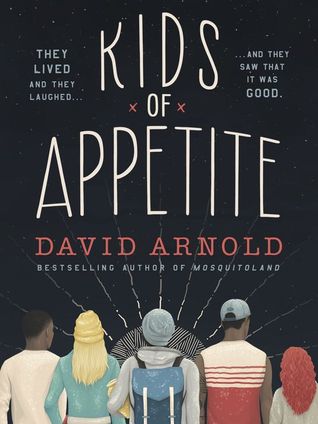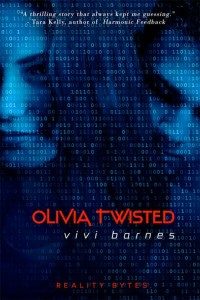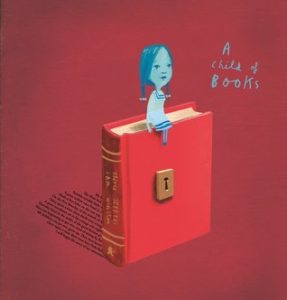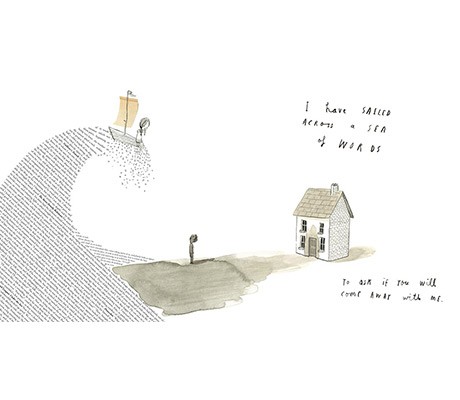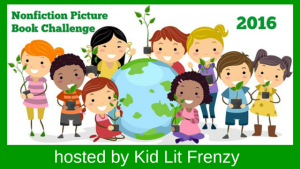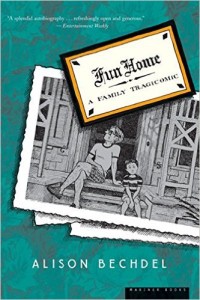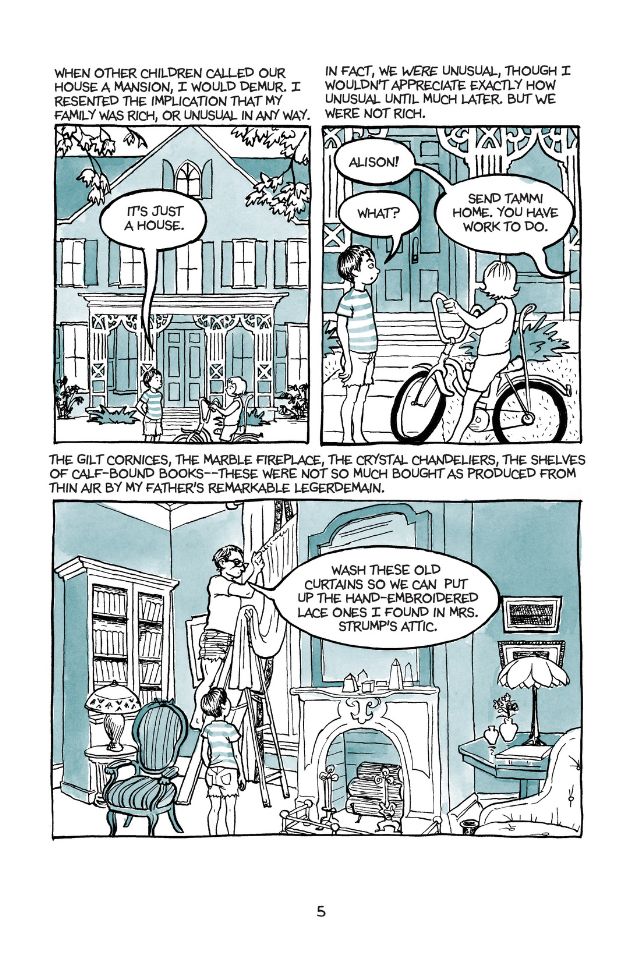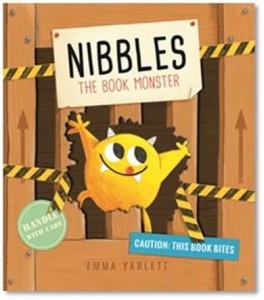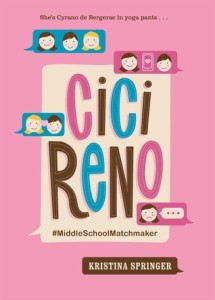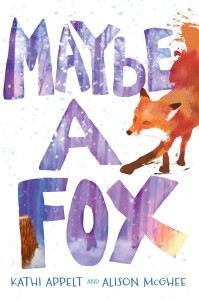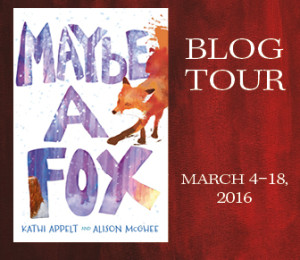Kids of Appetite
Author: David Arnold
Published: September 20, 2016 by Viking
GoodReads Summary: The bestselling author of Mosquitoland brings us another batch of unforgettable characters in this tragicomedy about first love and devastating loss.
Victor Benucci and Madeline Falco have a story to tell.
It begins with the death of Vic’s father.
It ends with the murder of Mad’s uncle.
The Hackensack Police Department would very much like to hear it.
But in order to tell their story, Vic and Mad must focus on all the chapters in between.
This is a story about:
1. A coded mission to scatter ashes across New Jersey.
2. The momentous nature of the Palisades in winter.
3. One dormant submarine.
4. Two songs about flowers.
5. Being cool in the traditional sense.
6. Sunsets & ice cream & orchards & graveyards.
7. Simultaneous extreme opposites.
8. A narrow escape from a war-torn country.
9. A story collector.
10. How to listen to someone who does not talk.
11. Falling in love with a painting.
12. Falling in love with a song.
13. Falling in love.
Review: I fell into this book. From the moment I started reading, I had difficulty putting it down. David Arnold has true talent at engaging readers in a thought-provoking story in which the characters have great depth. The allusions to The Outsiders will not be lost on readers. This group of kids captured my heart just like the kids within the classic. Comparing the two stories is interesting, but this book explores very different issues, and I appreciated that the author didn’t seem to intentionally align the texts too much.
The point-of-view alternates between two characters, Vic and Mad. Vic has Moebius Syndrome, which causes partial facial paralysis. He is grieving the loss of his father and struggling to come to terms with his mother’s new relationship (and the mean-spirited step-brothers that come along with this). Mad is a tortured soul—dedicated to her grandmother but struggling with the losses of her parents and a very difficult situation (no spoilers here). The other members of the crew, who don’t have their own narrative sections but whose voices are very powerful, have individual struggles that weigh on them. This group of kids finds solace in each other, and the dynamic between them is unforgettable.
Teachers’ Tools for Navigation: I’d love to include this book in a group of literature circle books that all reflect disability. I think it would be particularly interesting to explore the intersections between friendship and disability. Students might examine and conceptualize their definitions of normal. The ALAN Review‘s Fall 2016 issue is about (Re)Defining Normal, and many of the articles would be very useful for this very topic.
Discussion Questions: What struggles do each of the characters face? How does each cope with these struggles in different ways?; How does Vic’s disability impact his interactions with others? How do others (strangers and other characters) respond to him?; What power does friendship have? How do each of these characters from different backgrounds come together, and why?; What is the role of Baz’s book? Why is it important to the story?
We Flagged: “‘We are all part of the same story, each of us different chapters. We may not have the power to choose setting or plot, but we can choose what kind of character we want to be'” (p. 104).
*This excerpt was taken from an advanced reader copy. The quote may change after the book is published.*
Read This If You Loved: The Outsiders by S. E. Hinton, The Unlikely Hero of Room 13B by Teresa Toten, The Absolutely True Diary of a Part-Time Indian by Sherman Alexie, Martyn Pig by Kevin Brooks, All the Bright Places by Jennifer Niven, Not If I See You First by Eric Lindstrom
Recommended For:
